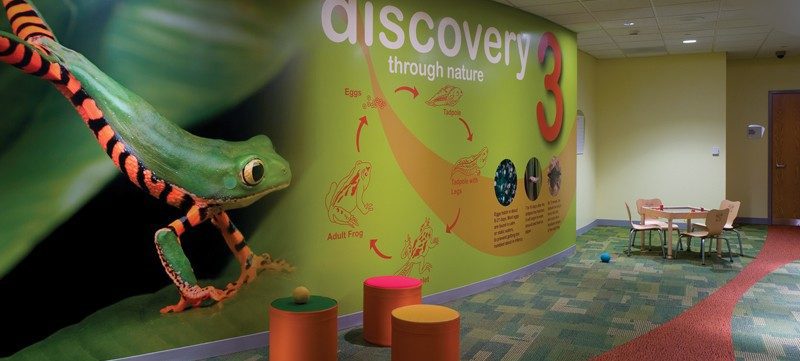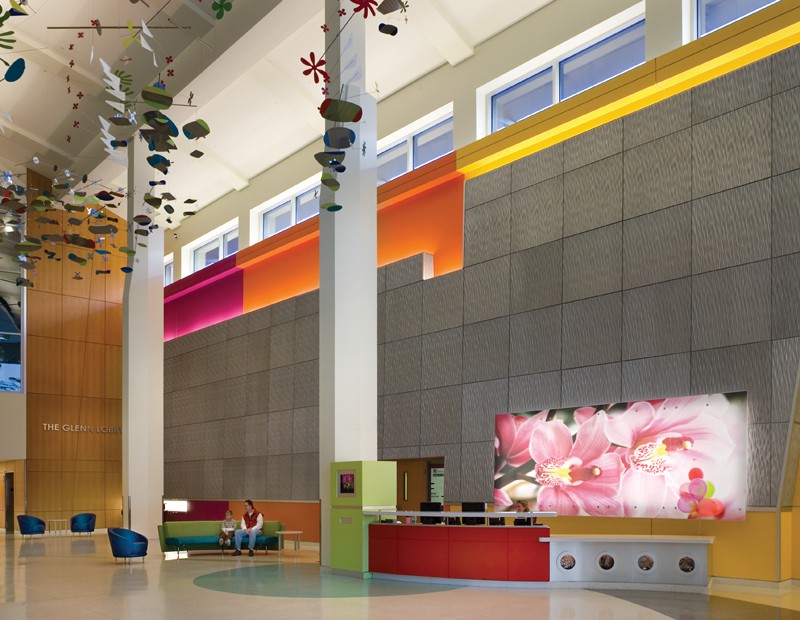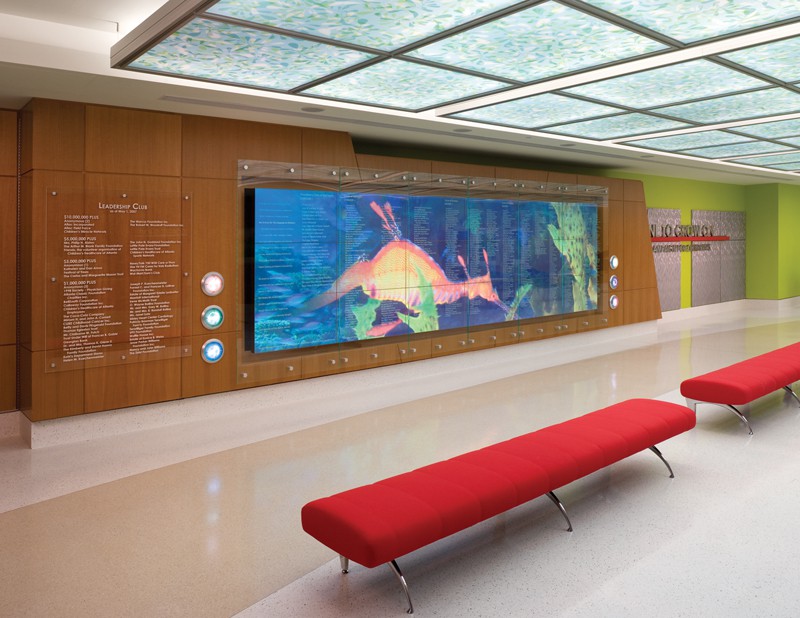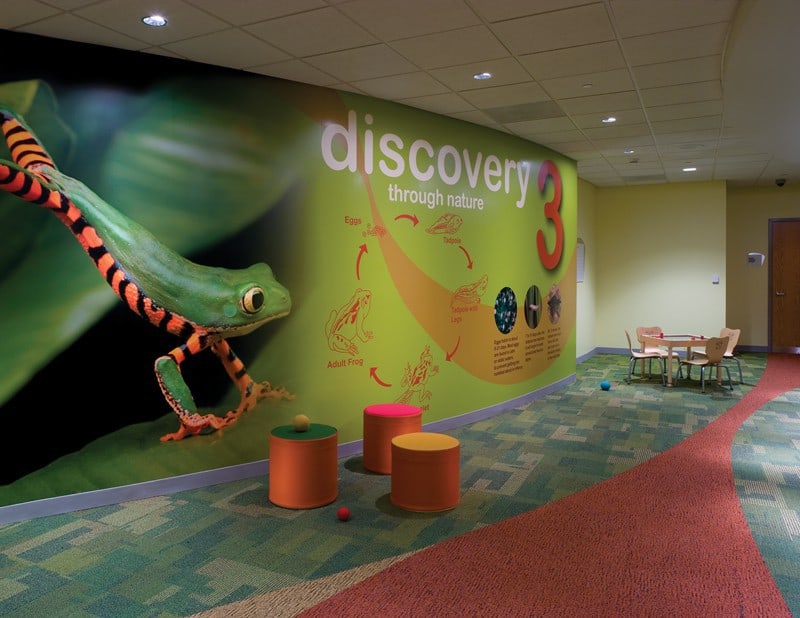Blog
The Future of Healthcare Design

We have seen a breakthrough in Healthcare Design fueled by the the trend toward using evidence-based design. With such a successful outcome this past year, we can expect to see even more.
Evidence-based design is a scientific technique that helps designers make decisions about the room layout, flooring, lighting, finishes, and furniture, impact a range of healthcare outcomes for patients such as patient satisfaction, family experience and staff experience.
New Reports Continue to Examine the Need for Design Researchers to Make Behavioral Health a Priority. Recently a new research report was released called “Design Research and Behavioral Health Facilities”.
The report explores the role of the physical environment in behavioral health settings in the past 40 years and leaves us with a good idea of where the future is going.
With reimbursement tied increasingly to hospital-acquired conditions and patient satisfaction, hospital owners and administrators are paying more and more attention to the factors that impact these outcomes, including the design of the built environment and the design of patient rooms.
Check out some great examples of how the design industry has helped improve the quality of healthcare facilities and create new environments for healthy recovery.

The reception desk at the Glenn Lobby at Scottish Rite is defined by an illuminated graphic of flowers and circular inset in the custom-colored terrazzo floor. The lobby wall in textured, silver painted panels is a foil for the analogous color palette.

The interactive wall in the atrium space at Egleston serves dual purposes: it appeals to children of the information age who play with the video aquarium, while the wood panels provide a backdrop for donor recognition.

The Discovery Through Nature wall, complete with frog graphics, designates the elevator lobby entrance to day surgery centers at both campuses. Wayfinding graphics are integrated with a citrus color palette.







